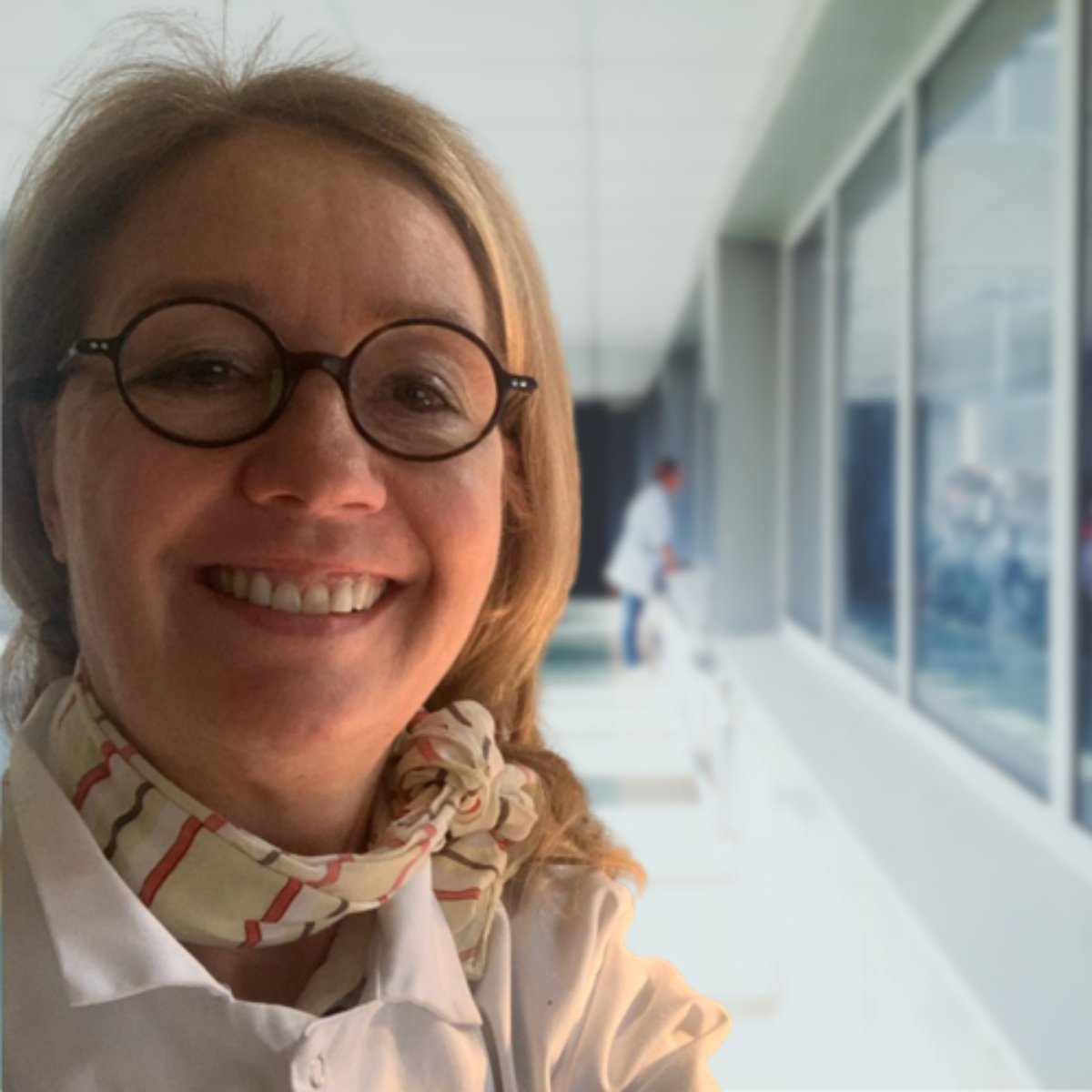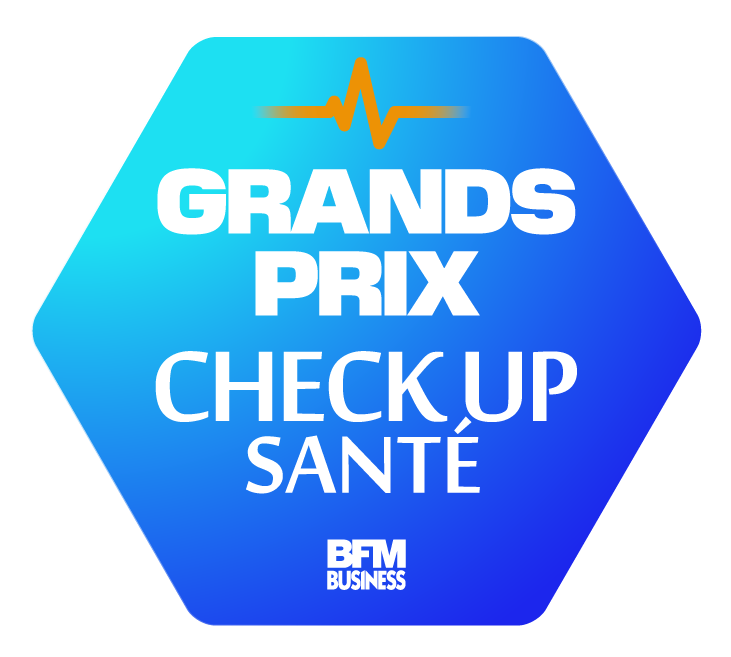Try our ultra-portable ultrasound scanner today.
A portable ultrasound scanner for Hepato-Gastro

Confidence and precision
Your portable ultrasound scanner is always on hand to improve the accuracy of your diagnosis and confirm your clinical hypotheses in a matter of seconds.
Simple, scalable training
Our training contents will help you progress organ by organ in your practice. The echOpen team is always ready to support you.
Approved by your colleagues
"In my daily practice, echOpen saves me an enormous amount of time. I no longer have to look for an ultrasound machine at the other end of the building. You really make us more autonomous." - Léa Duhaut, hepatologist at Paul Brousse Hospital (APHP).
The impact of portable ultrasound in hepato-gastroenterology
- 49,4%
(BMJ open, 10(9), e037664).
- 65%
of patients with acute abdominal pain in whom targeted clinical ultrasound makes a significant contribution to diagnosis.
- 5min
are sufficient for a targeted ultrasound assessment.
Point-of-Care Ultrasound made easy and affordable

Versatile,
reliable, efficient
echOpen O1, the POCUS probe that enhances and expands bedside physical examination. View the body's internal organs in real time, anytime, anywhere.

Educational, collaborative, secure
Your digital companions to guide you in your daily POCUS practice. With echOpen On and echOpen XP you can easily set up your probe, access training videos and join an active medical community.

echOpen honored with the "Nobel Prize" of Healthcare!
.png)
On December 12, 2025, echOpen awarded the prestigious Prix Galien France 2025 in the MedTech & Digital Solutions category. This prestigious global award validates the vision of portable clinical ultrasound accessible to all. Our echOpen ultrasound scanner was recognized for its ability to transform medical practice by enabling healthcare professionals to perform enhanced examinations that reduce diagnosis times and ensure equitable access to imaging.
A probe that fits all main clinical applications

- Anatomy: visualization of the bladder, uterus and prostate
- Diagnosis: peritoneal effusions in the pelvic region
- Aetiologies: gynaecological or intestinal diseases, pelvic trauma
- Anatomy: visualization of the liver, right kidney and hepatorenal space
- Diagnosis: peritoneal effusions in the upper quadrant of the abdomen
- Aetiologies: hepatic, traumatic, infectious, biliary disorders
- Anatomy: visualization of the spleen, left kidney and splenorenal space
- Diagnosis: peritoneal effusions in the left upper quadrant
- Aetiologies: gastrointestinal diseases, pancreatitis, cirrhosis with ascites
- Trauma assessment
- FAST (Focused Assessment with Sonography for Trauma) protocols
- EFAST protocol (Extended Focused Assessment with Sonography for Trauma)
- Anatomy: visualization of the heart chambers
- Diagnosis: cardiac effusion and tamponade
- Aetiologies: infectious, cardiac, cancerous
- Anatomy: visualization of pleural cul-de-sacs
- Diagnosis: pleural effusions
- Aetiologies: infectious, cardiac, cancerous, interstitial lung disease
- Visualization: large and peripheral vessels
- Use: central catheterization of large vessels
- Diagnosis: abdominal aortic aneurysms
The echOpen ultrasound scanner for rapid diagnosis
Allows targeted and immediate ultrasound examinations to be carried out directly in the doctor's office, for better diagnosis and faster patient referral.
The echOpen ultrasound scanner for mobility
Its ultra-portable size makes it easy to take with you on home visits, ensuring continuity of quality care.
The echOpen ultrasound scanner tosave you money
echOpen is the most affordable probe on the market for starting out in clinical ultrasound without heavy investment.
The echOpen ultrasound scanner for image quality
Developed with the AP-HP, echOpen has validated the quality of its device with 3 clinical studies.
.png)



Your peers speak out: portable ultrasound in practice
Medical resources and documentation
echOpen covers the main reasons for consultations in hepato-gastroenterology for the following cases
FAQ
Clinical ultrasound in hepato-gastroenterology
When should I perform a clinical ultrasound in hepatology?
Clinical ultrasound is a very useful technique in hepatology. It can provide answers to specific questions in a matter of minutes, right in the office: presence of fluid in the perihepatic space, signs of lesions, liver cirrhosis, hepatomegaly, splenomegaly, gallstones, ascites, etc.
Clinical ultrasound is a non-irradiating, non-invasive and painless examination, generally well tolerated by patients of all ages. This technique enables you to enhance your clinical examination, confirm or refute a diagnostic suspicion, and make decisions about the next step in your care with greater confidence and serenity.When should I perform a clinical ultrasound in gastroenterology?
Clinical ultrasound is a very useful technique in gastroenterology. It can provide answers to specific questions in a matter of minutes, right in the office: abdominal effusions, signs of appendicitis, peritonitis, diverticulitis, malignant disease, abdominal aortic aneurysm...
Clinical ultrasound is a non-irradiating, non-invasive and painless examination, generally well tolerated by patients of all ages. This technique enables you to enrich your clinical examination, confirm or refute a diagnostic suspicion, and make decisions about the next step in your care with greater confidence and serenity.How can I learn about clinical ultrasound?
Initiation to the use of a clinical ultrasound probe is very straightforward. You will then need to perform several sections per organ to familiarize yourself with the gesture and probe positioning required to obtain quality images of the tissues in question. You will also need to practice analyzing slices of both healthy and pathological organs.
echOpen offers resources to introduce you to the practice of clinical ultrasonography and the interpretation of your images.
For further training, several universities offer DU and DIU courses that train you in the practice of specialty ultrasonography.
No specific training or diploma is required to practice clinical ultrasound if you hold a medical doctor's diploma - including ultrasound procedures.Which clinical ultrasound probe to choose?
We advise you to choose an ultraportable clinical ultrasound probe, in view of their efficiency, versatility and robustness.
Ultraportable, personal clinical ultrasound probes slip easily into your pocket, enabling you to start an examination in just a few seconds.
Affordable and with sufficient autonomy for a day's consultations, ultraportable clinical ultrasound probes such asechOpen O1 also have the advantage of being non-wireless, making them easier to place, hold and move. They connect to a simple smartphone, which can be used to record images, video loops and annotations.
echOpen also offers a range of digital services, including introductory modules, quizzes and a collaborative space where you can exchange with the medical community and seek advice on complex clinical cases.
Awards and distinctions
















.jpg)
.jpg)











.jpg)

.png)



.webp)





